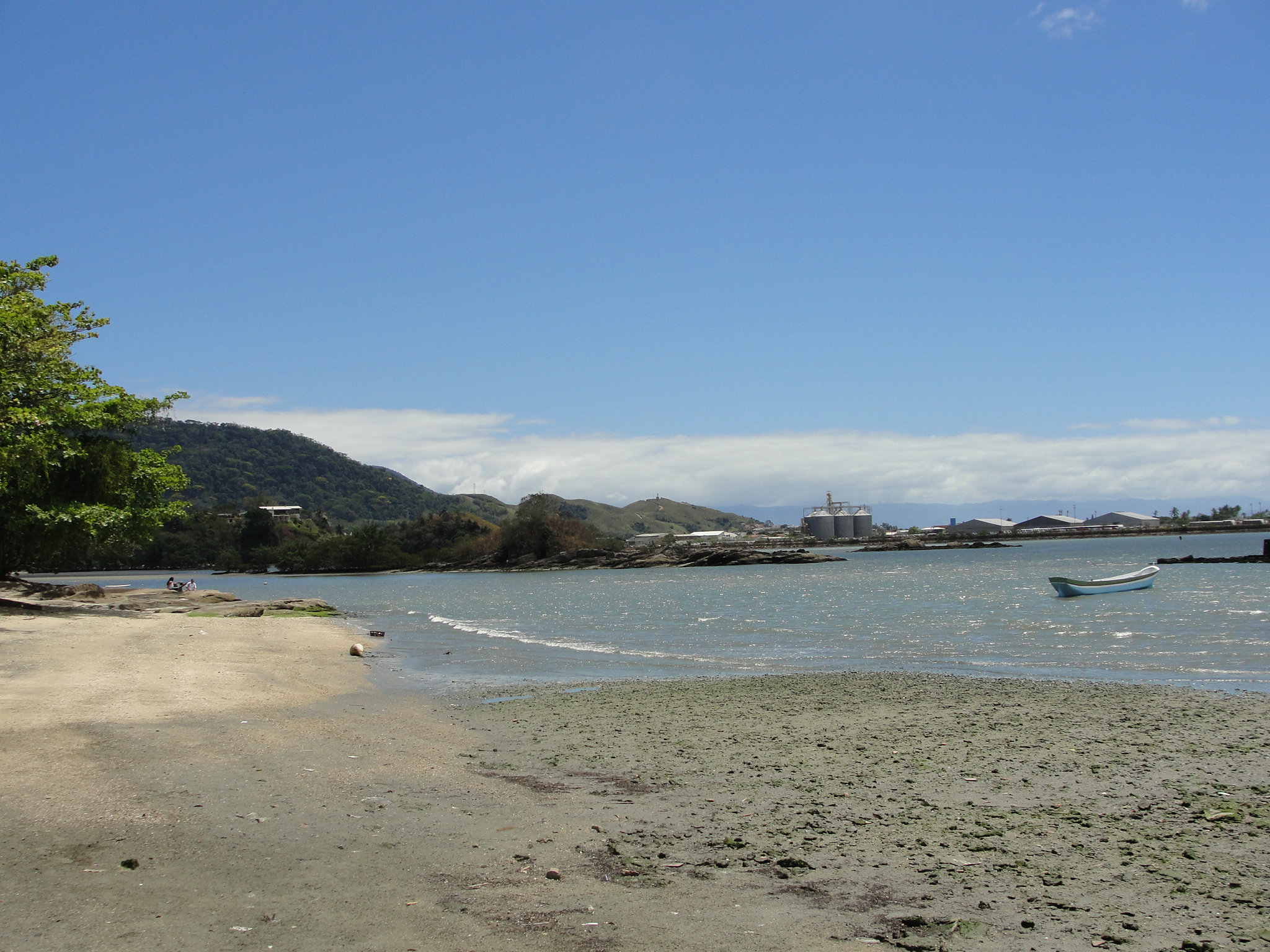In silico analysis of the biodiversity of endophytic fungi isolated from the Brazilian Cerrado
Abstract
Abstract Endophytic microorganisms are those that inhabit the interior of plant tissues and organs without causing damage to the plant, triggering a mutualistic interaction. These endophytes are known to produce compounds with various applications in the areas of biotechnology, pharmaceutical industry and agriculture; therefore, molecular methods are used to investigate the phylogeny of these organisms. The Brazilian Cerrado is the second largest biome in Brazil and is considered a hotspot, with a high diversity of endemic fauna and flora. The objective of this work was to analyze, through in silico analysis, the phylogeny of cultivable endophytic fungi isolated from plants found in the Brazilian Cerrado biome. A search was carried out for articles that worked with endophytes in the period between 2012 and 2022. The dendrogram was generated using the Neighbor-joining method based on the ITS1-5.8S-ITS2 conserved region obtained by GenBank codes of isolated endophytes. The genera Xylaria, Diaporthe, and Colletotrichum were isolated in more than three plants in the seven articles found. Most of the articles found related to the biodiversity of endophytic fungi from the Brazilian Cerrado aim at the bioprospecting of bioactive compounds, through culture-dependent methods; as such, a part of endophytic diversity may be lost due to the inability of certain endophytes to grow in artificial media. In silico analysis can assist in the investigation of phylogenetic relationships between endophytic fungi and has the potential to guide future work aimed at prospecting for bioactive compounds, phylogenetic identification, or biodiversity of this group of endophytes.Published
2024-01-01
How to Cite
Loosli, A. W. M., Rhoden, S. A., Selari, P. J. R. G., Freitas, G. F. de, Silva, T. B. da, Ricci, A. P., … Almeida, T. T. de. (2024). In silico analysis of the biodiversity of endophytic fungi isolated from the Brazilian Cerrado. Biota Neotropica, 24(2). Retrieved from https://www.biotaneotropica.org.br/BN/article/view/2055
Issue
Section
Articles
